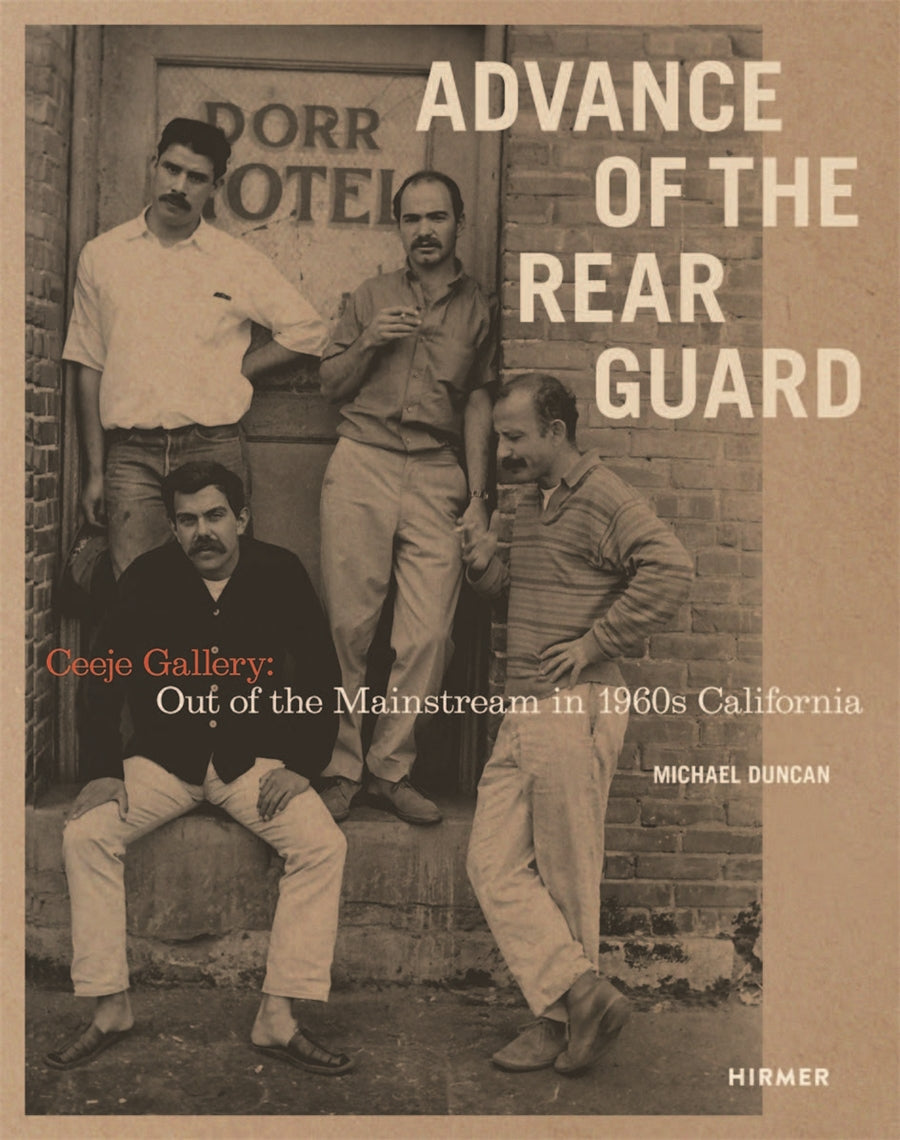Description
Discover the untold stories of Los Angeles' vibrant art scene in the 1960s with 'Advance of the Rear Guard: Out of the Mainstream in 1960s California'. This stunning exploration dives into the captivating works of underappreciated artists showcased at Ceeje Gallery, a beacon of creativity founded by the visionary duo, Cecil Hedrick and Jerry Jerome. Offering a unique lens into the era, the book illuminates the groundbreaking expressionist art that emerged beyond the mainstream, featuring a dynamic mix of styles and narratives that challenge societal norms.
Experience the rich tapestry of California's 1960s culture through the eyes of diverse artists whose voices have often been overshadowed. 'Advance of the Rear Guard' is not just an art book; it's a vital historical document that unveils the complexities and struggles of a generation seeking to redefine art through inclusion and innovation. Explore how these artists contributed to the social and cultural transformations of their time, making it a perfect addition for art enthusiasts, historians, and collectors alike.
Elevate your art collection and intellectual library with this essential read that encourages a deeper understanding of alternative artistic expressions. Whether you’re drawn to the aesthetic beauty or the pivotal historical insights, this book promises to resonate with all interested in late 20th-century art movements and the legacy of Los Angeles creativity.
Experience the rich tapestry of California's 1960s culture through the eyes of diverse artists whose voices have often been overshadowed. 'Advance of the Rear Guard' is not just an art book; it's a vital historical document that unveils the complexities and struggles of a generation seeking to redefine art through inclusion and innovation. Explore how these artists contributed to the social and cultural transformations of their time, making it a perfect addition for art enthusiasts, historians, and collectors alike.
Elevate your art collection and intellectual library with this essential read that encourages a deeper understanding of alternative artistic expressions. Whether you’re drawn to the aesthetic beauty or the pivotal historical insights, this book promises to resonate with all interested in late 20th-century art movements and the legacy of Los Angeles creativity.

